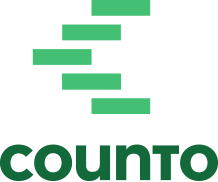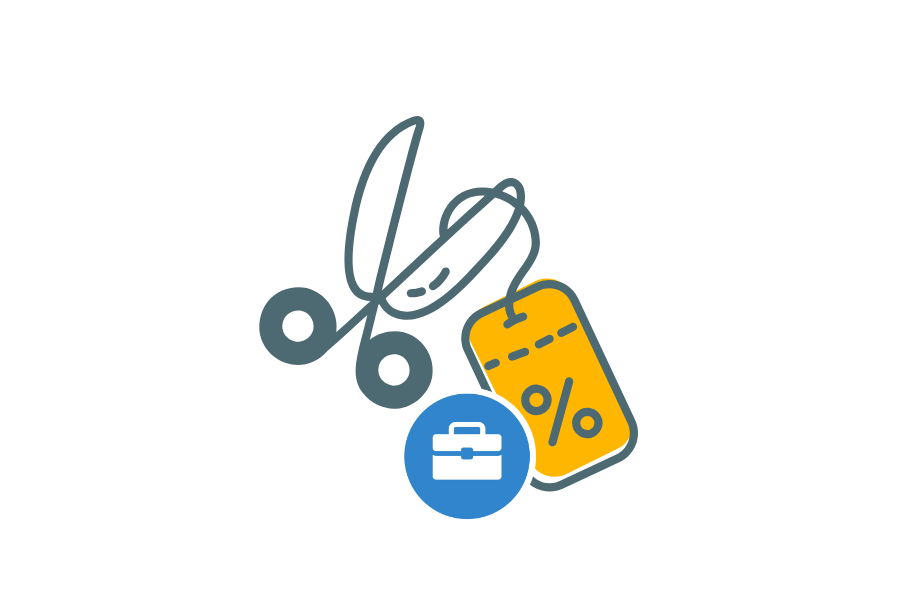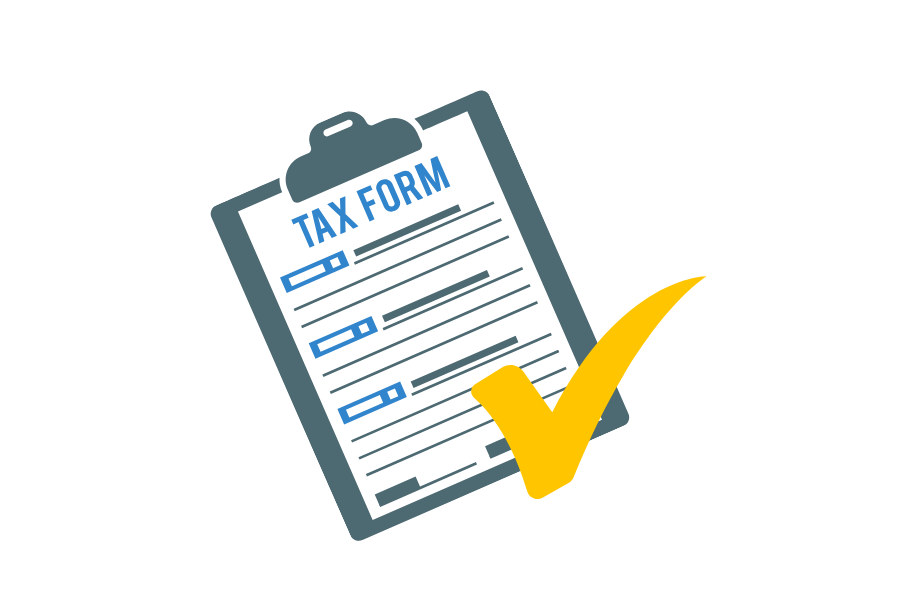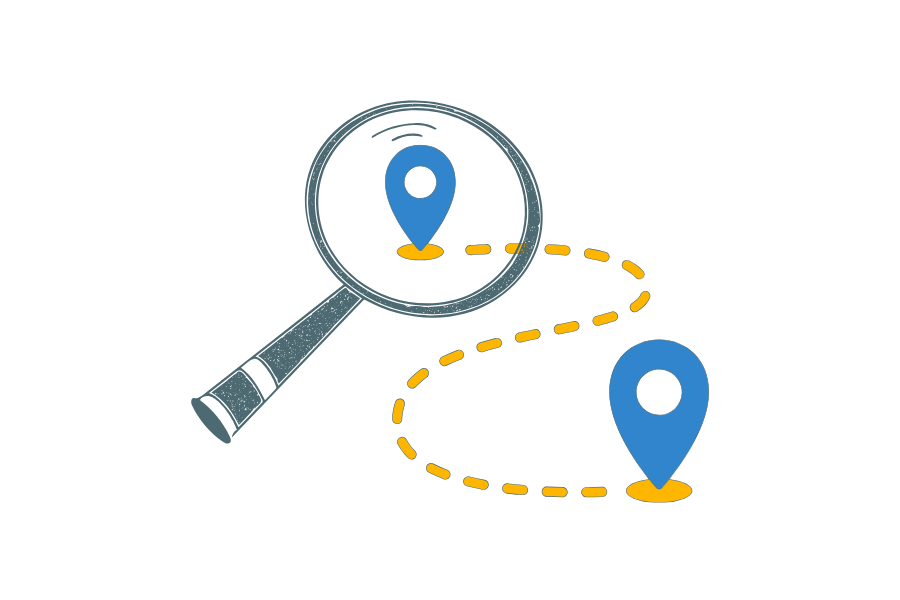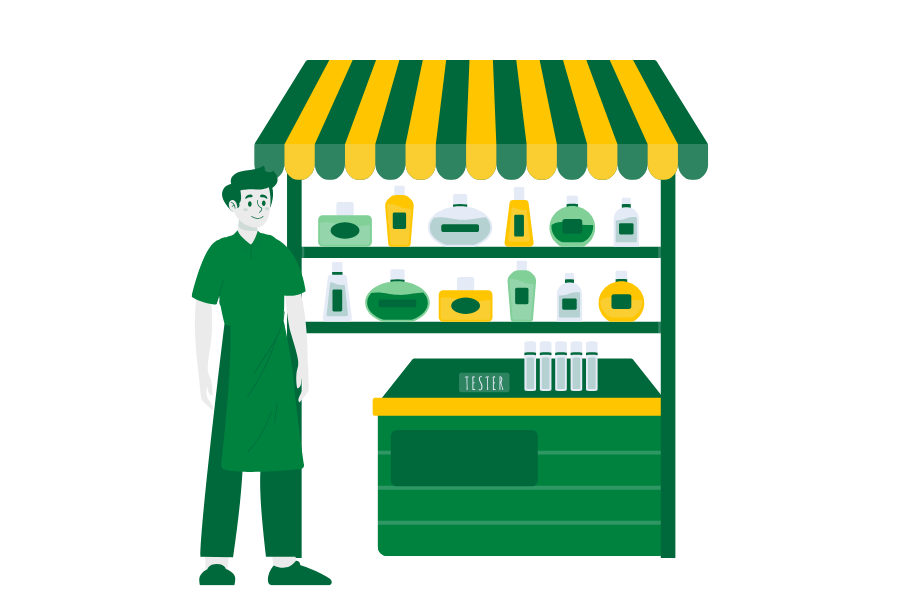How to Build a Compliant Food Safety Plan for US F&B Startups
Starting a food and beverage (F&B) business in the United States requires more than just a great recipe. You need to protect consumers and your business by complying with food safety laws. Creating a compliant food safety plan isn’t just for regulatory purposes—it’s also key to keeping your operations organized and financially sound.
For US small businesses, especially those tracking production and inventory, having a structured safety system in place supports both compliance and cleaner financial reporting. This foundation can also make things easier when working with accounting services to manage expenses, waste, and tax filings.
1. Assemble a Food Safety Team
Designate responsible individuals across production, sanitation, quality control, and purchasing. Ideally, include or consult a Preventive Controls Qualified Individual (PCQI), as required under the FDA’s Food Safety Modernization Act (FSMA).
2. Define Your Product and Process
Document the details of your food product:
- Ingredients and suppliers
- Preparation and packaging steps
- Storage and shelf life
- Intended consumer and usage
This step helps identify product-specific risks and links directly to accurate inventory tracking and cost planning—key elements for clean accounting.
3. Conduct a Full Hazard Analysis
Under FSMA and HACCP (Hazard Analysis and Critical Control Points), identify:
- Biological hazards (e.g., bacteria, viruses)
- Chemical hazards (e.g., allergens, cleaning agents)
- Physical hazards (e.g., metal fragments)
This analysis forms the backbone of your food safety plan and impacts production decisions with financial implications (e.g., cost of recalls or spoilage).
✅ Still doing accounting the old way? Your competitors aren’t. Counto’s AI handles the boring stuff while experienced accountants ensure everything’s perfect. See the future of accounting here.
4. Create a Process Flow Diagram
Chart the entire production process visually—from raw ingredients to final packaging. This helps identify where risks might arise and where control points should be implemented. It’s also useful when reconciling production reports with inventory and COGS (cost of goods sold) in your financials.
5. Identify Critical Control Points (CCPs)
Determine the steps where hazards must be controlled (e.g., cooking temperature, allergen handling, metal detection). For each CCP, establish:
- Critical limits (e.g., cook to 165°F)
- Monitoring procedures
- Corrective actions
These controls protect public health and reduce the chance of costly product losses.
6. Monitor and Document CCPs
Set procedures to track CCPs consistently:
- Use logs, checklists, or digital systems
- Keep records of temperature checks, inspections, and cleaning schedules
Accurate documentation ensures compliance and helps with year-end reporting, audits, or loss claims—all of which intersect with reliable accounting.
7. Plan Corrective Actions
If a critical limit is breached, take action:
- Hold or discard the product
- Adjust the process
- Investigate root causes and retrain staff
Corrective action logs should be retained and can also be tied to your accounting records for inventory write-offs or insurance documentation.
8. Verify and Validate Your Plan
Regularly review your food safety plan:
- Conduct internal audits
- Review logs and records
- Test and validate procedures
You may be inspected by the FDA or USDA, so ensure your systems are current and your records are complete.
9. Maintain Documentation and Records
Under FDA regulation 21 CFR Part 117, your food safety plan must include:
- Hazard analyses
- Preventive controls and CCP monitoring
- Corrective actions
- Staff training records
These records also support clear financial reporting, such as cost tracking, tax deductions (e.g., for safety supplies or waste), and audit readiness.
Why a Food Safety Plan Supports Better Accounting
Building a structured, compliant food safety system makes business operations more transparent and efficient. For example:
- Waste tracking can be logged and matched to loss entries in your books
- Ingredient usage aligns with real-time inventory cost accounting
- Training and safety expenses may be tax-deductible
For US small businesses, tying your food safety processes with accurate recordkeeping leads to better decision-making and long-term financial health.
Summary
If you’re starting or growing an F&B business in the US, a compliant food safety plan is essential for legal, operational, and financial success. By aligning with federal regulations (FDA, USDA) and maintaining detailed records, small business owners can streamline their operations, reduce risk, and keep financial reporting clean and audit-ready. For businesses that work with accounting services, this clarity also means better insight into profitability, cost control, and tax compliance.
Modern Accounting That Finally Gets Your Business
Running a small business means wearing too many hats. Your accounting shouldn’t add to that burden. Yet traditional bookkeeping services keep asking the same questions month after month.
Counto delivers outsourced accounting that gets smarter over time. Our AI platform learns your unique business patterns and automatically handles daily transactions, while expert accountants ensure everything’s accurate. With direct WhatsApp access to your Customer Success Manager, you get enterprise-level financial management without the enterprise price tag.
Experience accounting that works as hard as you do. Our small business clients cut bookkeeping time by hours and never miss a tax deadline. Ready for accounting that understands your business? To get started, speak to us directly on our chatbot, email [email protected], or use our contact form.
Here are some articles you might find helpful:

